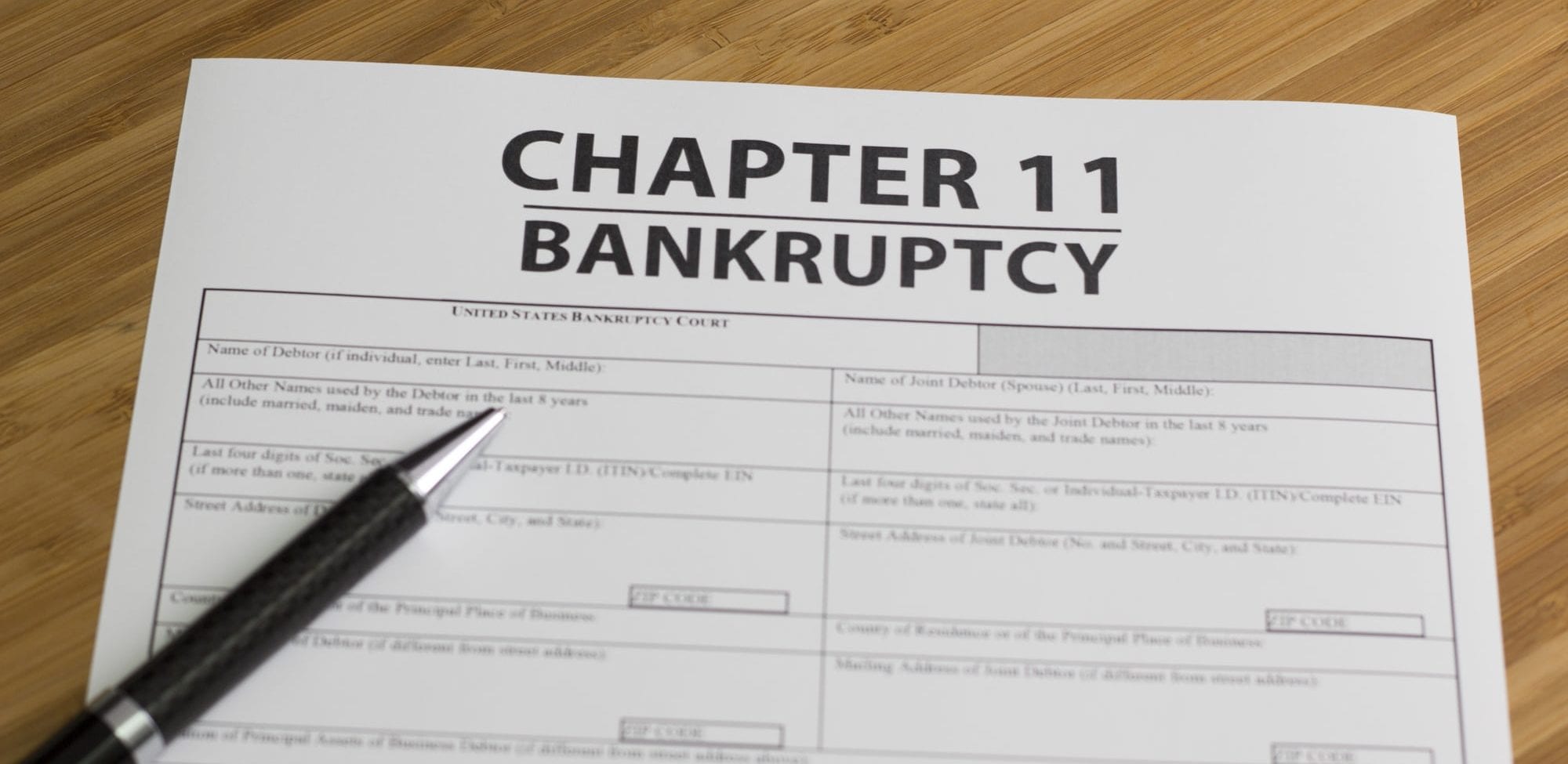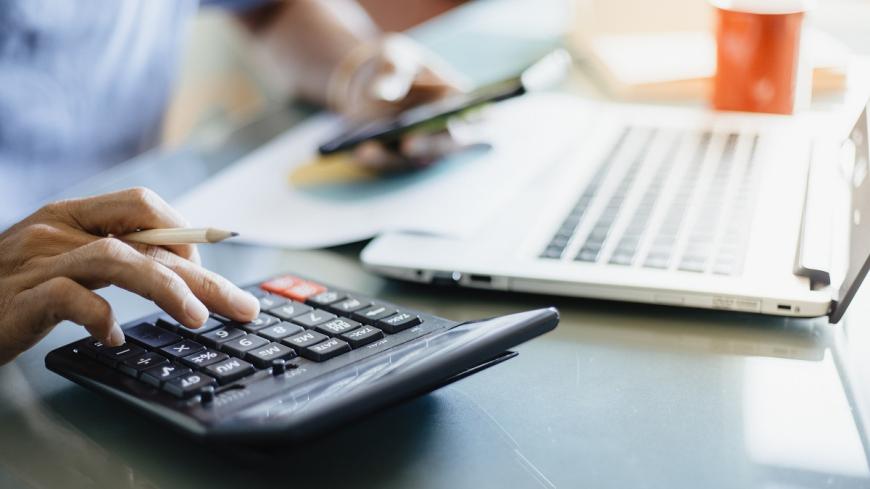Bankruptcy calculations are complex and require looking at your current financial situation as well as estimating future income and expenses. The goal is to determine if you qualify for any type of bankruptcy and which chapter would be most beneficial. Key factors include assets, debts, income, and allowable expenses.
Assets and Debts
When calculating for bankruptcy, you’ll need to list all of your assets such as your home, vehicles, retirement accounts, jewelry, etc. The total value of your assets is important in determining what you may be able to exempt or keep. You’ll also need to tally all of your debt including credit cards, medical bills, personal loans, mortgages, car loans, etc. The total debts compared to assets give a picture of your overall financial insolvency.
Current Monthly Income
Your current monthly income is another major component. This includes income from all sources such as employment wages, alimony, social security, rental income, etc. The current monthly income gives a snapshot of your financial means and is compared to median incomes based on household size for your specific state.
Allowable Expenses
Certain expenses are allowed to be deducted from your monthly income as part of the bankruptcy calculations. These include expenses for necessities such as housing, utilities, food, medical care, insurance, car payments, and childcare. The total allowable expenses are subtracted from your current monthly income.
The Means Test
The means test specifically looks at your average monthly income over the past 6 months and compares it to the median income for your state. This helps determine if you qualify for Chapter 7 or Chapter 13 bankruptcy. If your income exceeds the median, you may be subject to the means test to assess disposable income.
Disposable Income Calculation
Disposable income is what remains after subtracting all your allowable expenses from your current monthly income. This disposable income calculation is a key factor in determining repayment plans under Chapter 13 bankruptcy. Higher disposable income means higher repayment plan amounts.
Liquidation Analysis
A liquidation analysis estimates what would happen if you had to sell all your assets to pay off debts. This determines the liquidation value compared to the total debts owed. It helps assess whether Chapter 7 bankruptcy is viable by showing if you have more debts than asset value.
In summary, bankruptcy calculations require a detailed analysis of your current income, expenses, assets, debts, and disposable income. Complex statutory formulas factor in median income standards and allowable expenses. Understanding these key calculations helps determine if you qualify and what type of bankruptcy filing is most beneficial for your situation. Being able to estimate your bankruptcy plan payments also assists in evaluating the feasibility of filing.
What assets can you keep in bankruptcy?
The exemptions available in bankruptcy allow you to keep certain assets. Exempt assets are protected and cannot be seized to pay off debts. The most common exempt assets include:
– Homestead exemption – Allows protecting a portion of home equity. The amount varies by state.
– Vehicle exemption – Lets you keep one or more vehicles, with states specifying different exemption amounts.
– Retirement accounts – Most tax-advantaged retirement accounts are fully exempt. This includes 401(k)s and IRAs.
– Life insurance – Cash values and death benefits from term and whole life policies are typically exempt.
– Household goods – You can keep basic household furnishings, clothes, appliances, etc, up to a certain value.
– Jewelry – Wedding rings and other jewels may be exempted, often up to a specified dollar amount.
– Tools of trade – Items used for your work or profession are exempt, which helps continue earning income.
– Public benefits – Government benefits such as Social Security, unemployment, veteran’s benefits are exempt.
– Personal injury claims – Pending lawsuits or claims for personal injury or wrongful death are also exempt assets.
The exemptions vary by state, so be sure to check your specific state’s list of property that can be exempted in bankruptcy. Exemptions are intended to help you keep essential assets so you can move forward after bankruptcy.
What debts are discharged in bankruptcy?
One of the primary benefits of filing bankruptcy is gaining release from qualifying debts, or a bankruptcy discharge. Common dischargeable debts include:
– Credit card balances – Bankruptcy can eliminate unsecured credit card debts.
– Medical bills – Outstanding medical debt, including hospital bills, can be discharged.
– Personal loans – Unsecured personal loans from banks, payday lenders, or relatives may be discharged.
– Past utility bills – Old electric, gas, water, phone debts can generally be discharged.
– Delinquent rent – Past due rent more than 730 days old may be discharged.
Certain debts, however, cannot be wiped out through bankruptcy:
– Alimony and child support
– Student loans
– Mortgages and auto loans
– Recent taxes
– Government fines
Overall, a good rule of thumb is that unsecured debts without collateral can generally be discharged, while most secured debts and obligations cannot. Knowing which debts may be eliminated can help in deciding if bankruptcy is a viable option.
How do you decide Chapter 7 vs Chapter 13 bankruptcy?
Two common options for personal bankruptcy filings are Chapter 7 and Chapter 13. Some key factors in deciding between them include:
Income – If your income is below the median for your state, you can likely file Chapter 7 bankruptcy. Above the median income, you may be subject to the means test for Chapter 13.
Assets – With more assets, Chapter 13 may allow you to keep them through the repayment plan, while Chapter 7 requires liquidating assets.
Debts – If your priority is eliminating unsecured debts like credit cards, Chapter 7 discharges more debt. Chapter 13 allows catching up on secured debts.
Foreclosure – Facing foreclosure may make Chapter 13 attractive to get time to catch up on mortgage payments.
Repossession – Chapter 13 halts repossessions and lets you catch up on car loans.
Credit score – Chapter 7 will have a greater negative impact on your credit score than Chapter 13.
Future assets – If you expect to receive inheritances, lawsuit proceeds, or bonuses, Chapter 7 lets you keep that money.
Overall, Chapter 7 offers quicker debt relief while Chapter 13 provides time to catch up on payments through a 3-5 year structured repayment plan. Weigh the long-term benefits versus short-term liquidation of assets. Consulting a bankruptcy attorney can help guide you in picking the best chapter.
Conclusion
Calculating bankruptcy involves detailed analysis of your income, assets, debts, and expenses. This provides information to assess whether you qualify and what chapter is optimal. While complex, the bankruptcy calculations give a clear picture of your financial situation. Key factors are your disposable income, median income compared to your state, liquidation value of assets, and types of dischargeable debts. Bankruptcy can provide a fresh start if the calculations indicate filing is a viable option. Being proactive in estimating the impact for your unique situation allows making an informed decision.







